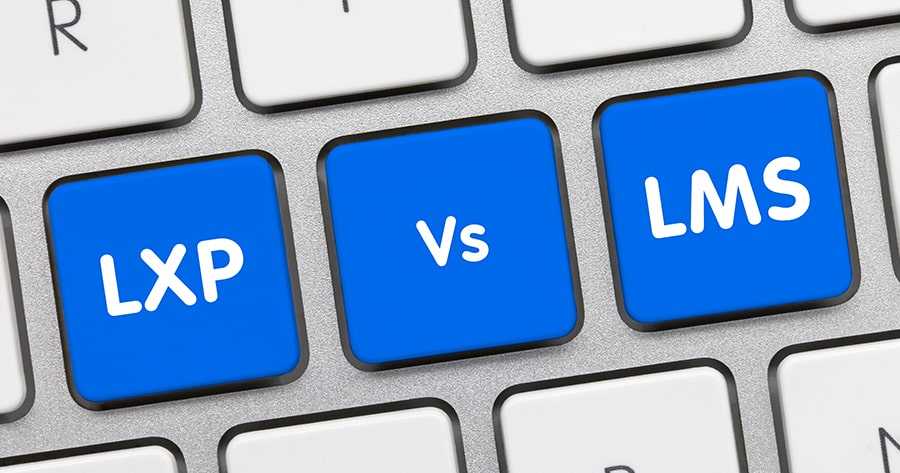The whole L&D and eLearning community is buzzing over Learning Experience Platforms and is keen to know more about them. Their advent has also spurred many important questions. The two main questions about LXP, that every L&D professional is interested in knowing the answer to, are- What is the key difference between LXP and LMS? Out of both of them, which is a better investment opportunity for an organization’s training and development? In this article, we’ll answer these questions and help you gain a better understanding of both platforms.
Key Differentiators between Learning Experience Platform and LMS
The key differentiators between a Learning Experience Platform and LMS are the differences in control over content and journey. Let’s get a tabular view between an LXP and an LMS with respect to the key differentiators:
1. The Content
The control in the case of an LMS lies with the LMS administrator. The LMS administrator could be anyone from an HR Manager or a trainer, to someone from the leadership, or an in-house L&D professional. LMS administrators upload the course content and manage their delivery.
The LMS administrator has full control over the course content. This doesn’t mean that user-generated content isn’t used. But the LMS administrator has the reigns for approving user-generated content. They are in charge of approving any user-generated posts or questions that would appear within the system.
On the other hand, a Learning Experience Platform allows everyone to curate the course content. In other words, everyone can post something from HR employees, sales field reps, and front-desk members to senior and executive leadership. Getting inputs from different employee segments allows LXPs to excel as content aggregators. Put simply, an LXP acts as a catchball for making decisions on course content and learner expectations.
With the dispersed control of content on a Learning Experience Platform, they generally contain internal training, external resources, and lots of user-generated content. Naturally, LXPs accommodate much more diverse content that induces more interaction and engagement among the learners.
2. The Journey
The journey refers to the learning experience throughout a training program. Just like the content, every element of the learning journey is created by someone else. This means that, in an LMS, learners follow a learning curve designed by someone else which is rigid and doesn’t depend on their preferences. The plan is already laid out which is a rigid sequence of gated milestones to be completed in order to complete the training. While this might get in the way of engagement, the advantage is that the learners know exactly what their next steps are and when they need to complete them. This is especially beneficial in compliance training,
In a Learning Experience Platform, the learning journey is the main focus which is all about exploring your preferences, your interests, and your skills. They provide learners with greater flexibility by allowing them to pursue their areas of interest. In this way, an LXP is much more focused on personalized learning. Naturally, LXPs promise better learner engagement because they allow learners to learn what they actually want to on the basis of their preferences.
The Bottom Line: What’s Right for You?
As much as we’d all love to get a binary answer to this question, it’s not. LMSs should be your choice of platform for mandatory training like compliance training. This is because it walks the learner through specific, predetermined steps to be successful. On the other hand, for skill and development-based training where the learner steers the ship, a Learning Experience Platform is the right choice.








